How to Install a Torque Sensor?
A torque sensor is a device used to measure torque or torque in rotational motion and is widely used in mechanical engineering, automotive manufacturing, and other industrial applications. Correctly installing a torque sensor is essential to ensure the performance of the system. ATO.com will introduce the detailed steps for installing a torque sensor to help users accomplish this task correctly and efficiently.
Before installing a torque sensor, it is first necessary to select an appropriate mounting location. This location should be at a point in the drive train where the torque can be accurately measured at the point of action. Ensure that the location chosen is not subject to excessive external interference and that the sensor can be easily mounted. It is vital to carry out the necessary preparatory work. This includes checking that the torque transducer and its associated accessories are in good condition, making sure that the required tools are available, and clearing the installation area to ensure that there is no debris or obstructions that could interfere with the installation process.
Mounting Methods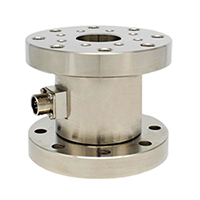
The torque transducer can be mounted horizontally or vertically. The torque transducer is connected to power equipment and load equipment.
Elastic pin coupling connection, this type of connection is simple in structure, easy to process, and easy to maintain. It can compensate for the relative shift of the shaft caused by the installation error in a small amount, and at the same time, it can play the role of slight vibration damping. It is suitable for medium load, frequent starting of high and low-speed operation occasions, and the working temperature is -20~70 ℃.
Due to the high precision of the torque sensor, usually 1 and above the torque sensor, but in the actual measurement work, in addition to the uncertainty of the torque standard machine itself, another important factor affecting the measurement results of the torque sensor is the sensor and the torque standard machine between the quality of the connection, especially for the calibration of high-precision torque sensors, in the absence of consideration of the uncertainty of the torque standard machine itself, the quality of the connection will directly affect the quality of the connection, the quality of the connection will directly affect the torque sensor. The quality of the connection will directly affect the accuracy of the measurement results.
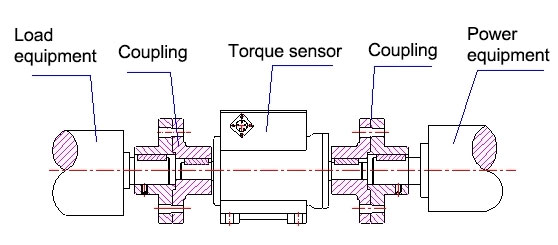
Rigid coupling connection, this connection forms of simple structure, low cost, no compensation performance, can not buffer vibration damping, and the installation of the two shafts of high precision. Used for working conditions with little vibration.
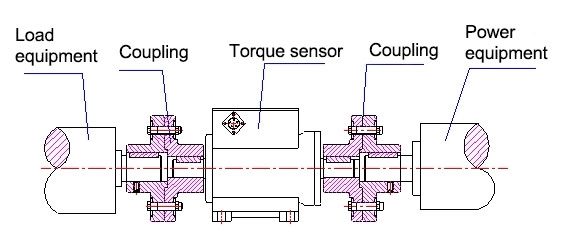
In the existing torque sensor measurement method, the sensor series accesses the torque standard machine for calibration, so the calibration process is inevitable to appear in the connection quality and reliability of the problem. In the past to ensure the stability and firmness of the connection installation, usually rigid connection, this way in the loading and unloading the inspectors a lot of inconvenience, coupled with the processing of parts and components of the processing of fineness and with the existence of gaps.
In the actual measurement process the measurement of the coaxiality between the axis system changes, which will seriously affect the accuracy of the measurement results. Although such defects can be reduced by laser alignment device error, by the impact of various factors and human installation level differences, and by torque sensors in the actual process of loading, the coaxiality of the measurement process is still a large uncertainty-affecting factor.
Installation Requirements
Power equipment, torque sensor, and load equipment should be installed on a solid foundation to avoid excessive vibration, otherwise data instability may occur, reducing the accuracy of measurement, or even damage to the torque sensor.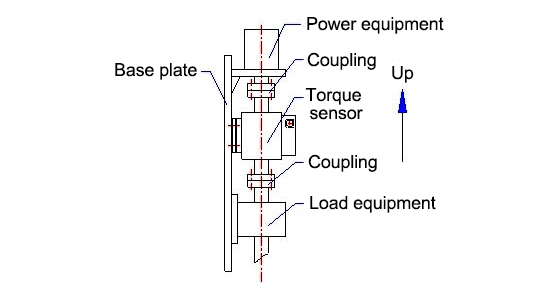
Use elastic pin coupling or rigid coupling connection. The concentricity of the axes of power equipment, sensor, and load equipment should be less than Φ0.05mm.
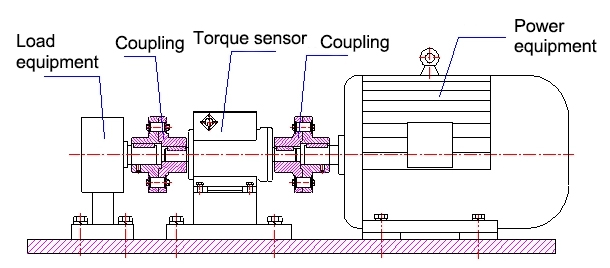
Cautions
- When installing, do not operate with electricity, and do not directly knock or collide with the torque sensor.
- The fastening bolts of the coupling should be tightened, and a protective cover should be added on the outside of the coupling to avoid personal injury.
- Signal line output should not be to ground, short-circuited to the power supply, the output current is not greater than 10mA, shielded cable shielding layer must be connected with the +15V power supply to the public end (power ground).
- In the daily calibration work of measurement and verification, the torque sensor is usually calibrated using a torque standard machine to carry out.
Proper installation of the torque transducer is essential to ensure the accuracy and reliability of the measurement system. Following the steps outlined above and installing it in strict accordance with the manufacturer's guidelines will help ensure the proper operation of the torque transducer. After completing the installation, regular inspection and maintenance of the torque transducer is also a critical step in keeping the system functioning properly.

